Difference between active and passive euthanasia!
Fri 09 Mar 2018, 15:08:27

The Supreme Court on Friday gave a landmark judgment by approving passive euthanasia -- recognising terminally ill patient to 'die with dignity'.
The term passive euthanasia is used by the Supreme Court of India which basically means withdrawal of artificial medical support system to patients. It is only available to patients who are terminally ill and are at the last stage of their life without any hope of recovery or improvement.
There are two types Euthanasia -- active euthanasia and passive euthanasia.
What's the difference between active euthanasia and passive euthanasia
Active euthanasia occurs when doctors deliberately do something on humanitarian grounds like injecting a substance in the patient's body that causes the patient's death while passive euthanasia is when doctors stop doing something to keep the patient alive like switching off life-support machines or disconnecting feeding tubes.
In passive euthanasia what doctors do is that they alter life support system and let nature take its course.
Another main
difference between active and passive euthanasia is the moral debate that surrounds the killing of the patients. Many thinkers consider active euthanasia an immoral practice and consider it to be an equivalent to murdering a person because doctors in a way are assisting the patient to commit suicide.
difference between active and passive euthanasia is the moral debate that surrounds the killing of the patients. Many thinkers consider active euthanasia an immoral practice and consider it to be an equivalent to murdering a person because doctors in a way are assisting the patient to commit suicide.
Active Euthanasia is legal in a handful of countries like Canada, Switzerland etc in comparison to passive euthanasia which is legal in many countries with limitation to specific circumstances and the approval of councillors and doctors or specialists.
There is further sub-categorization of active and passive euthanasia which is voluntarily and involuntarily.
Involuntarily euthanasia is when the consent is directly taken from the patient whereas involuntarily euthanasia is when the patient is unable to give consent for example if the patient is in coma or the patient is a very young baby or the patient is not in an age of making the decision for himself.
There are countries like Belgium, Netherlands, Luxemburg where active euthanasia is banned but voluntary-active euthanasia is legal.
No Comments For This Post, Be first to write a Comment.
Most viewed from Specials
Most viewed from World
AIMIM News
Latest Urdu News
Most Viewed
May 26, 2020
Can Lionel Messi's visit boost Indian football?
Latest Videos View All
Like Us
Home
About Us
Advertise With Us
All Polls
Epaper Archives
Privacy Policy
Contact Us
Download Etemaad App
© 2025 Etemaad Daily News, All Rights Reserved.


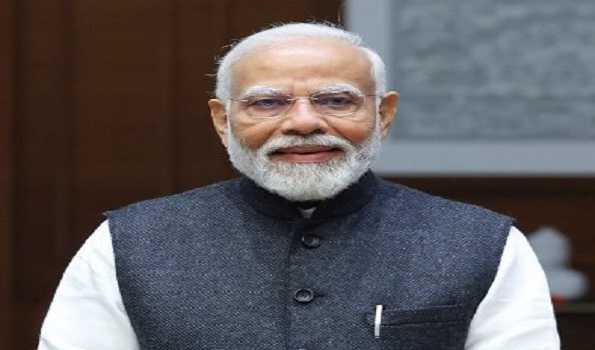
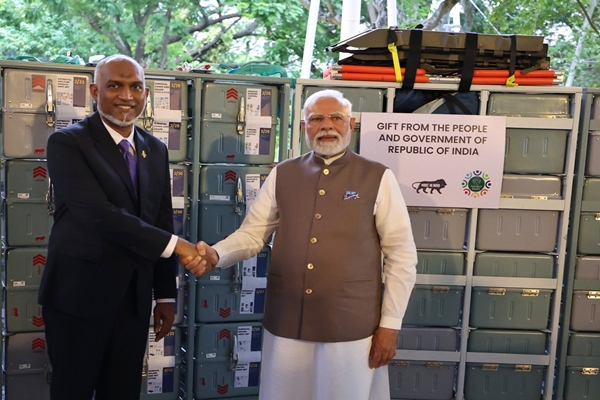
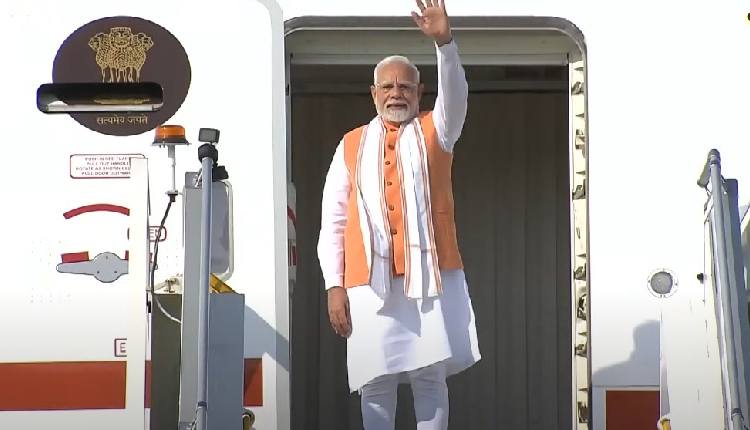
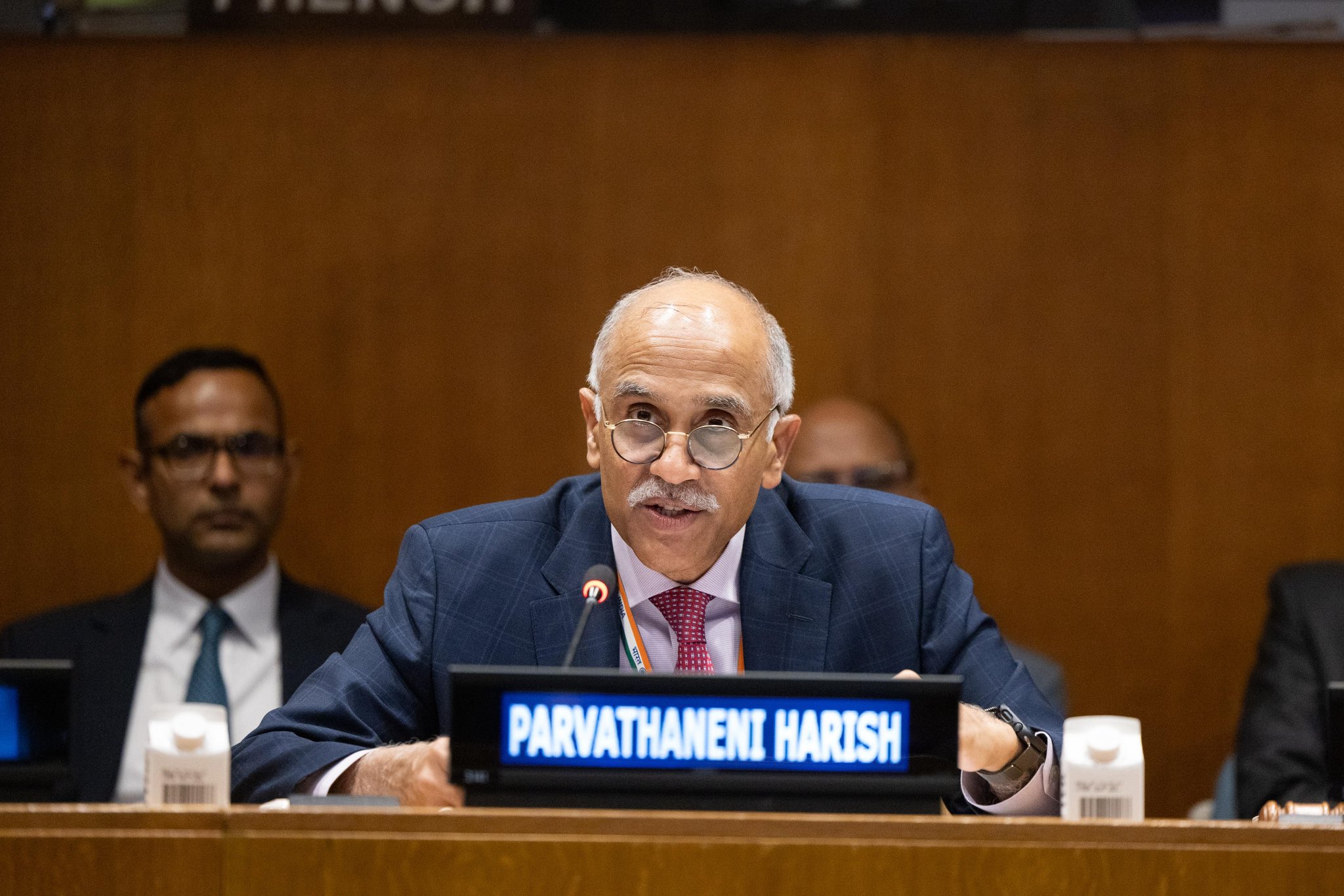
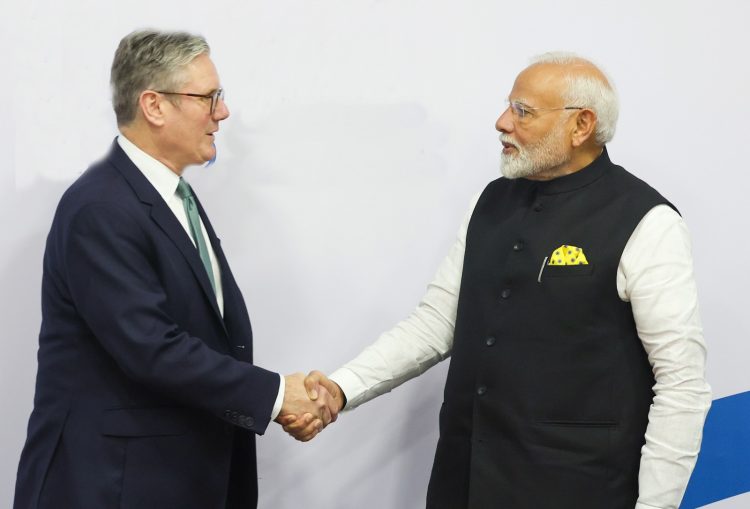

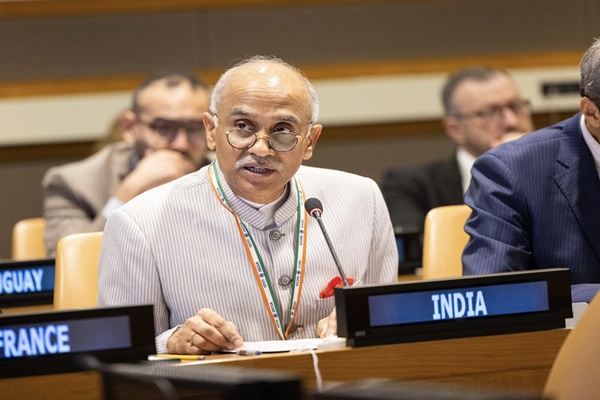
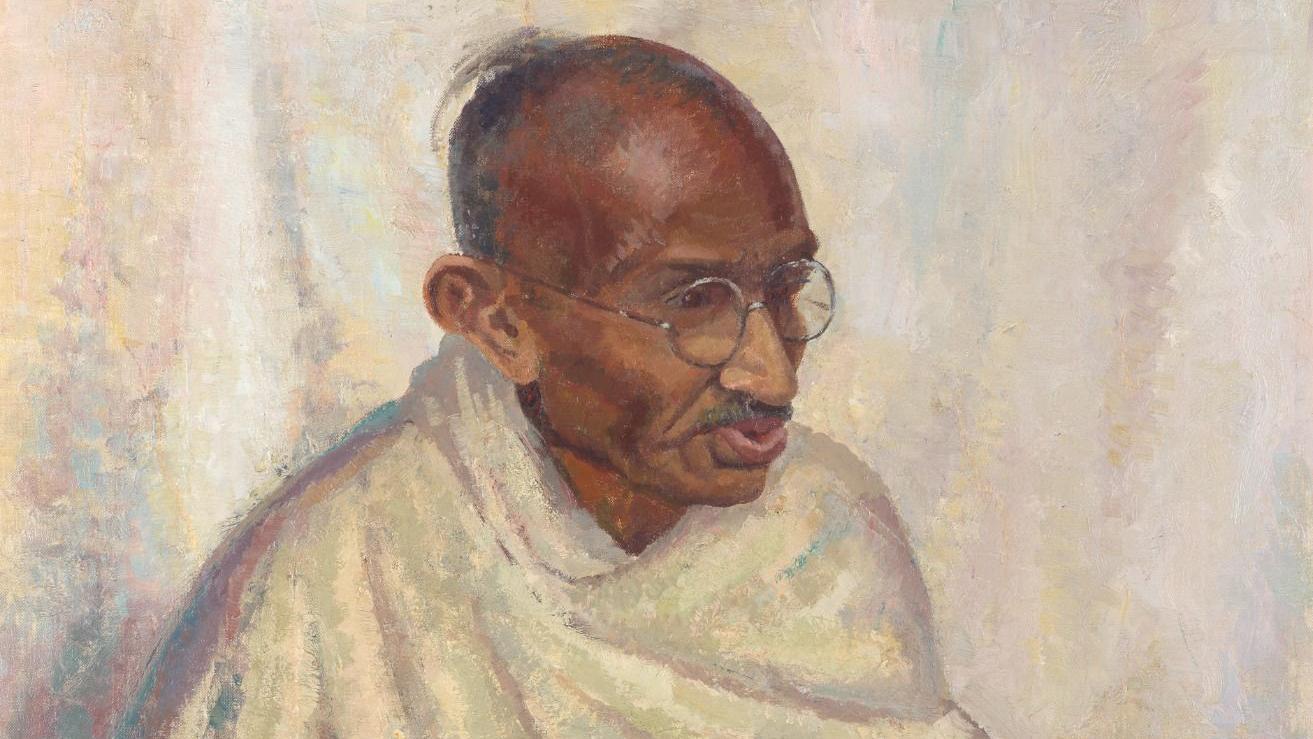

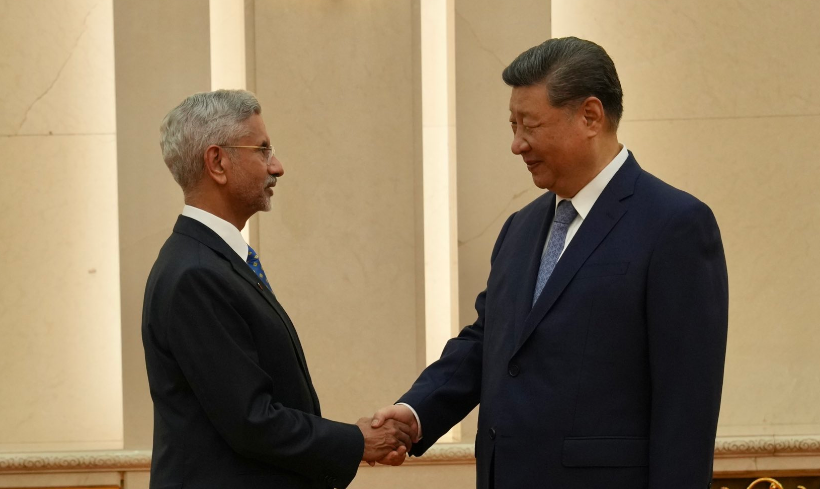

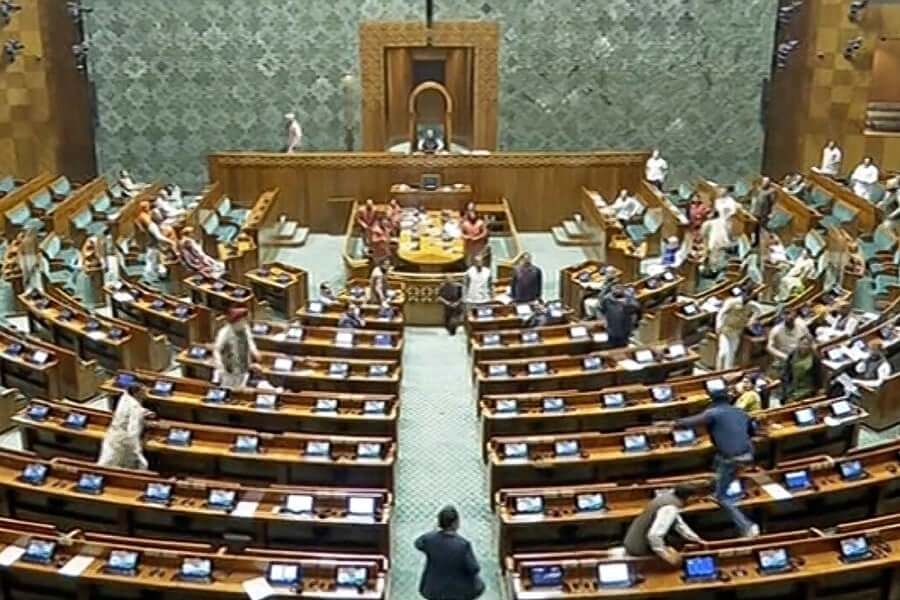



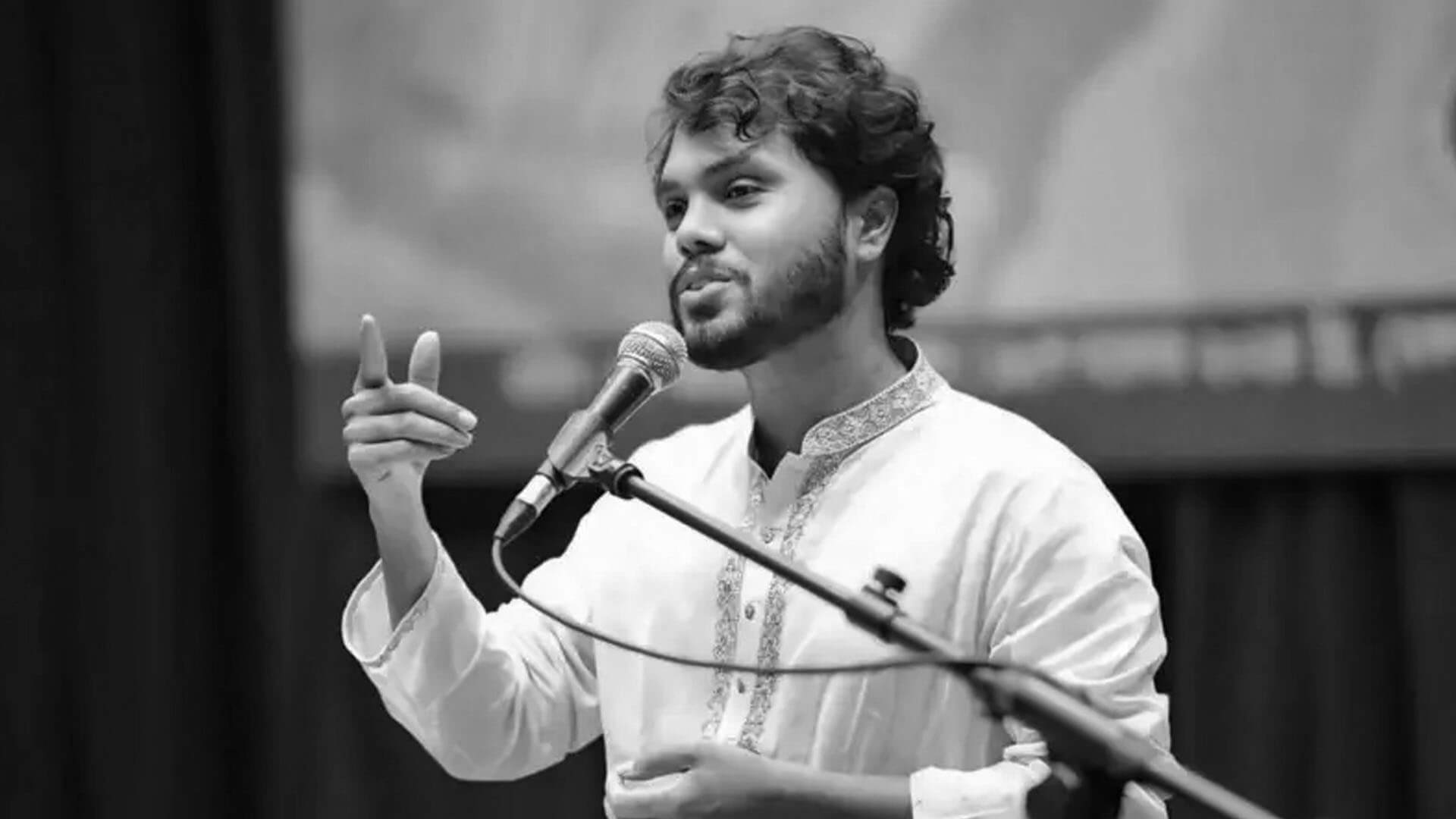



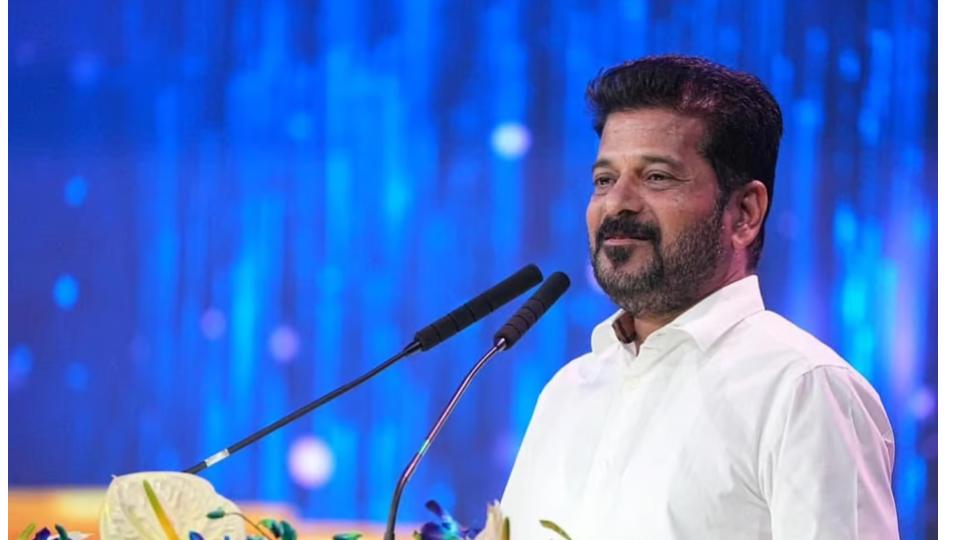


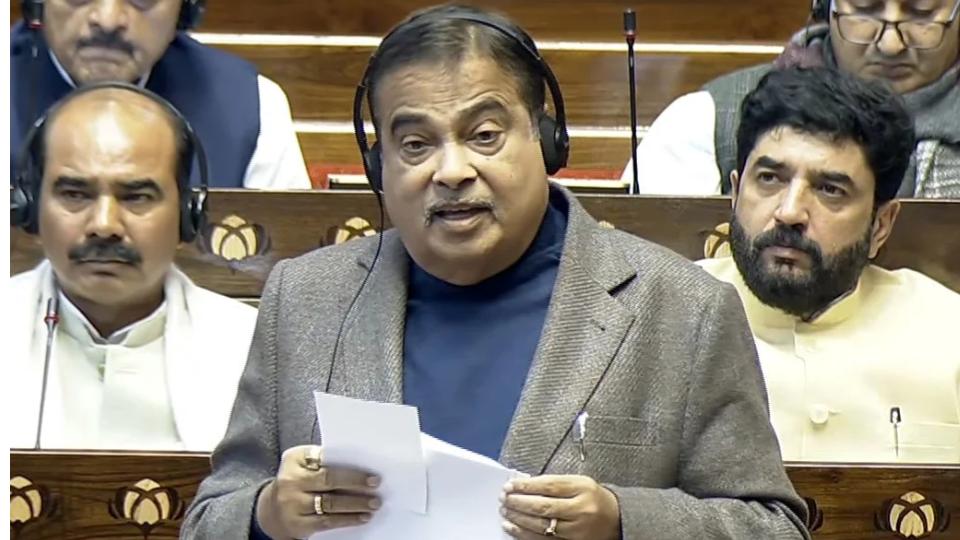






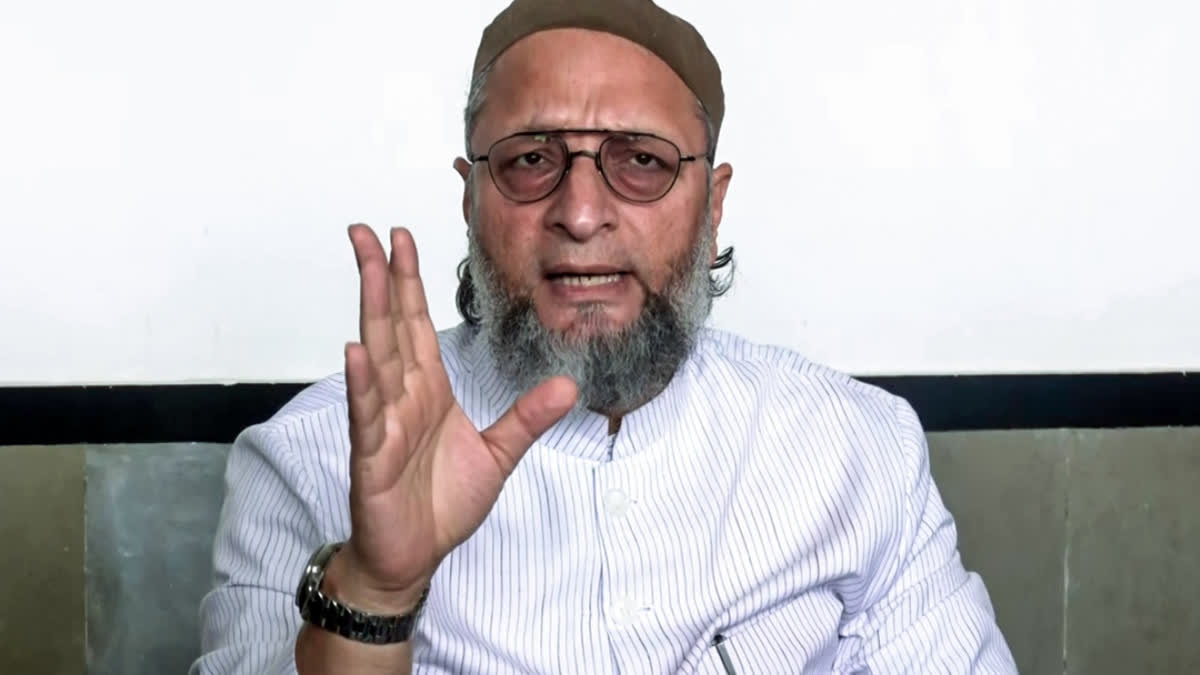
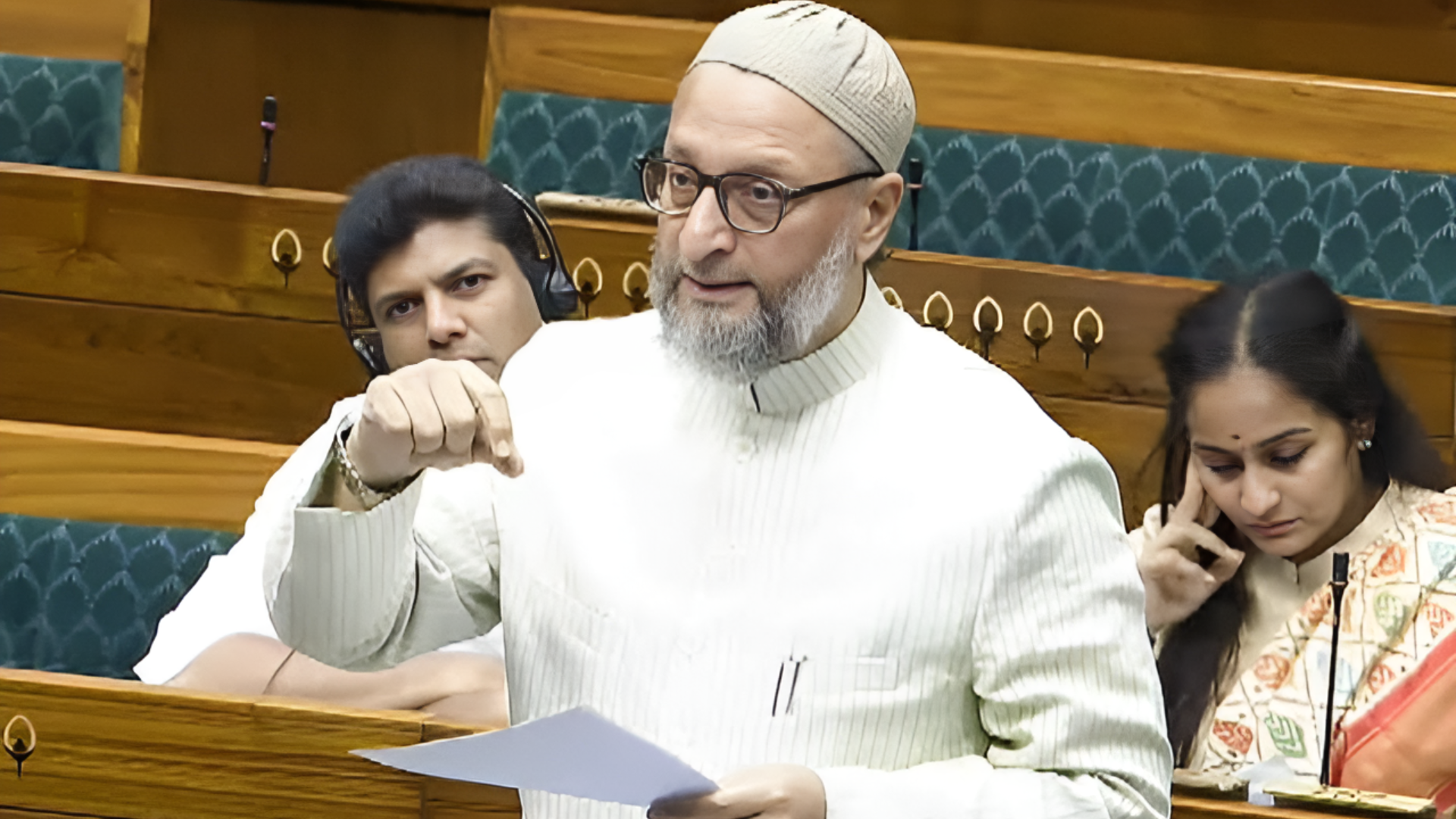
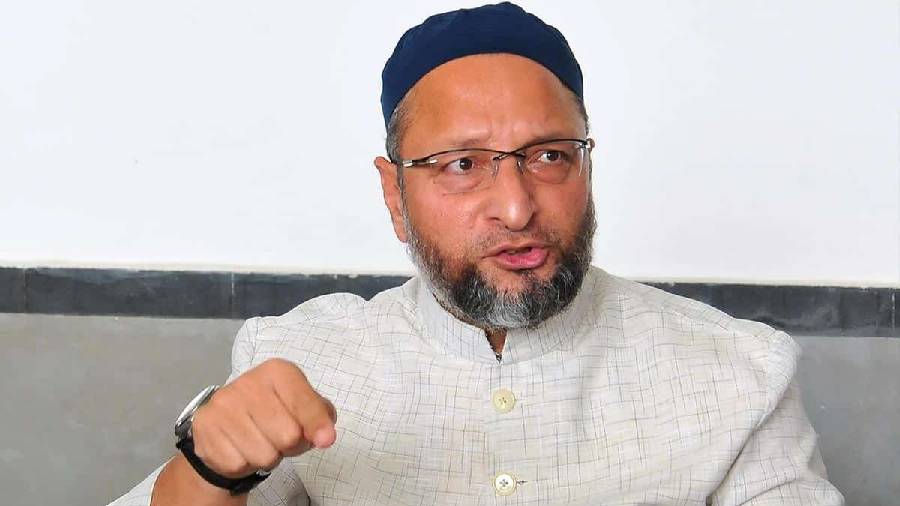
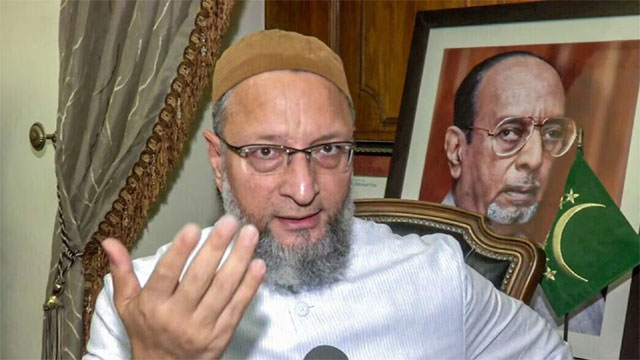
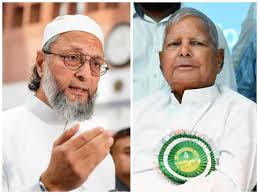
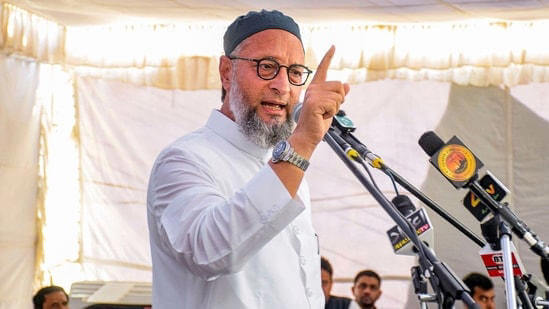
.jpg)
.jpg)
.jpg)


